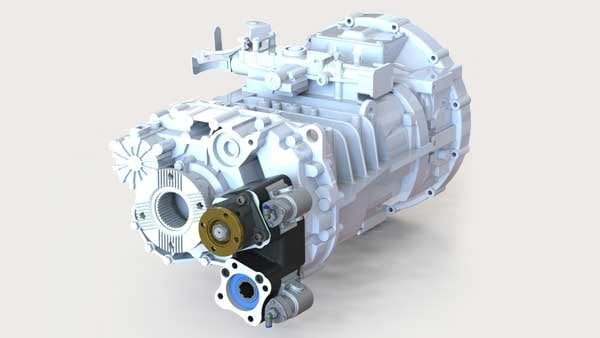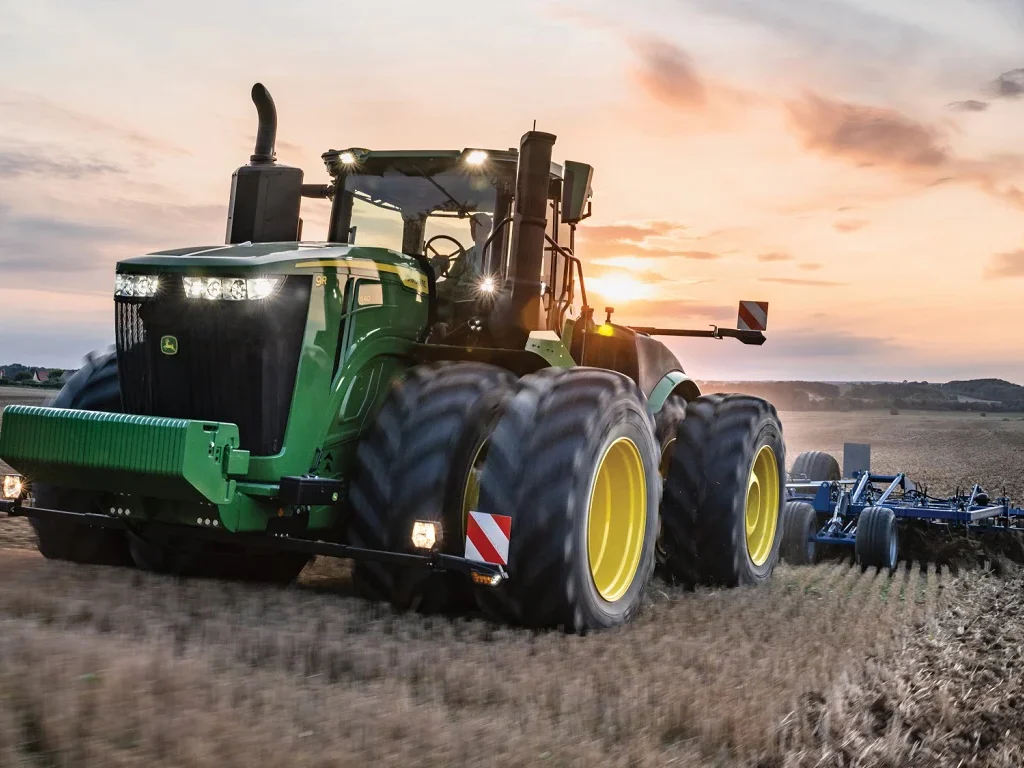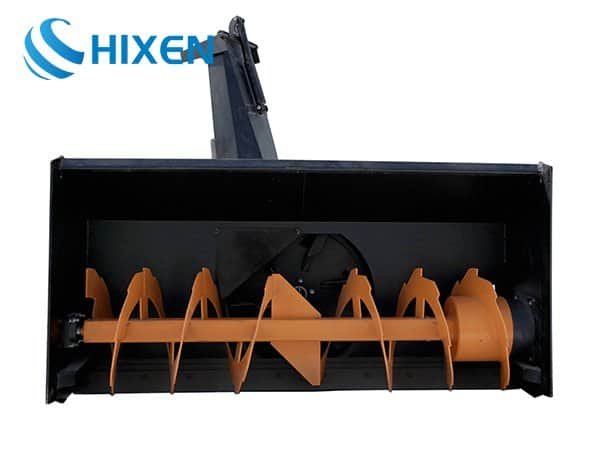Ever wondered how tractors revolutionize farm work, making it a smooth and efficient process? Delving into their intricate mechanics and versatile applications not only sheds light on their role in agriculture but also highlights their impact on construction and other industries. By grasping the principles that drive these powerful machines, we can unlock a new level of productivity and streamline operations across various sectors.
A tractor works by using its engine to deliver power through transmission and hydraulic systems, supporting diverse tasks like plowing, harvesting, and even construction. Its versatility lies in its ability to adapt to various attachments for multiple uses.
Join me in exploring the fascinating world of tractors. We’ll uncover the inner tractors working that make these machines so versatile, examine their diverse applications in agriculture and beyond, and discuss the critical features that make them indispensable tools in the modern landscape of heavy machinery.
How Does Tractors Working?
Tractors are engineered to deliver consistent power and efficiency for a wide range of tasks.
A tractor’s engine powers its drivetrain, hydraulic systems, and auxiliary functions, enabling it to perform operations like plowing, tilling, and hauling effectively.
The engine drives the power take-off (PTO) and transmission, translating energy into motion. Hydraulics enable precision in lifting and operating attachments, making tractors indispensable for farming and construction. From powering implements like plows and seeders to operating heavy equipment, tractors showcase unmatched versatility.

What Are the Main Uses of a Tractor?
Tractors are designed for both agricultural and non-agricultural tasks, adapting to a wide range of applications.
Tractors are used for plowing, tilling, planting, cultivating, harvesting, transportation, irrigation, construction, forestry, landscaping, and municipal work, among other tasks.
Agricultural Uses:
- Plowing: Prepares soil by turning and loosening it for planting.
- Plowing: Prepares soil by turning and loosening it for planting.
- Planting: Automates seed placement with seed drills or planters.
- Cultivating: Controls weeds and loosens soil around crops.
- Harvesting: Powers harvesters for collecting mature crops.
- Transportation: Hauls produce, tools, and equipment efficiently.
- Irrigation: Powers pumps and systems for water distribution.

Non-Agricultural Uses:
- Construction: Hauls materials, levels ground, and powers attachments like bulldozers and backhoes.
- Landscaping: Clears and grades land, maintaining large properties.
- Forestry: Transports timber and assists in forest management tasks.
- Municipal Work: Handles road maintenance, snow removal, and public works projects.
With attachments such as loaders, mowers, and backhoes, tractors can efficiently handle specialized tasks in both sectors.
What is the Working Mechanism of a Tractor?
The tractor’s working mechanism is a marvel of engineering, designed to ensure smooth and efficient operation across a wide range of tasks. It’s a powerhouse of functionality, showcasing the pinnacle of mechanical innovation.
At the heart of the tractor is its engine, which transforms fuel into mechanical energy, acting as the driving force behind the entire machine. This energy is harnessed to power the tractor’s drivetrain, which moves the vehicle, as well as the hydraulics and auxiliary systems that control various attachments. This ingenious mechanism allows the tractor to multitask with ease, switching between different attachments to perform a variety of tasks, from plowing to harvesting.
The engine’s rotational energy is transmitted to the wheels and the power take-off (PTO) shaft, which in turn drives the various implements attached to the tractor. These implements can range from plows and harrows to balers and mowers. The hydraulic system is responsible for operating attachments such as front-end loaders and seeders, providing the tractor with the versatility to handle a multitude of tasks. In more advanced models, tractors integrate sophisticated automated systems that cater to precision agriculture, enabling high-precision tasks such as GPS-guided planting and targeted spraying. These technological advancements not only increase efficiency but also contribute to more sustainable and accurate farming practices.
Why Are Tractors Essential for Modern Farming?
In the world of agriculture, tractors are not just machines; they are essential tools that significantly enhance efficiency and productivity on farms. Their role extends far beyond simple transportation, making them a cornerstone of modern agricultural practices.
Tractors save valuable time and reduce labor costs, enabling farmers to manage larger fields with greater ease. Their versatility is a game-changer; equipped with various attachments, tractors can perform a wide range of tasks—from plowing and seeding to harvesting and transporting crops. This multifunctionality makes them indispensable in today’s farming operations, allowing farmers to adapt quickly to changing needs and conditions.

Moreover, tractors play a crucial role in improving soil quality through effective tilling and ensuring efficient water distribution with advanced irrigation systems. By empowering farmers to achieve higher yields with less effort, tractors contribute to more sustainable agricultural practices. Their adaptability to seasonal changes and specific tasks ensures that farms can meet the increasing demands for food production while maintaining environmental stewardship.
What is the Maintenance Required for a Tractor?
To ensure that a tractor remains a reliable workhorse throughout the demanding farming seasons, it’s essential to keep it in peak condition through regular maintenance. This proactive approach not only prevents unexpected downtime but also maximizes the efficiency and longevity of the equipment.
Proper maintenance encompasses a range of tasks, including timely oil changes to keep the engine running smoothly, thorough filter cleaning to maintain optimal airflow, meticulous tire inspections to ensure safety and performance, and the lubrication of various parts to reduce friction and wear. By conducting these regular checks, farmers can ensure their tractors remain reliable work partners, ready to tackle the challenges of the field without fail.
Frequent inspections of key components such as the engine, PTO shaft, and hydraulic systems are crucial. It’s important to promptly replace any worn-out parts to prevent further damage and to keep the tractor operating at its best. Monitoring the levels of essential fluids—like engine oil, coolant, and hydraulic fluids—is also vital for the health of the machine. Keeping a close eye on these can help prevent costly repairs and downtime. Additionally, a thorough cleaning of the tractor is essential to prevent the buildup of debris, which can lead to overheating or mechanical failure, ultimately safeguarding the investment in this vital piece of farming equipment.
Why Do Farm Tractors Have Wide Tyres?
The design of a tractor’s tires plays a crucial role in its performance on various terrains.
Farm tractors have wide tires to distribute their weight evenly, preventing soil compaction and ensuring better traction in fields.

Wide tires reduce ground pressure, protecting soil structure, which is vital for healthy crop growth. They also provide stability and prevent slipping in muddy or uneven conditions. Modern designs incorporate specialized treads to enhance grip and longevity, even under heavy loads.
What Precautions Should Be Taken When Working with a Tractor?
Safety is essential when operating powerful machinery like tractors to avoid accidents and ensure efficient operations.
Always inspect the tractor before use, wear protective gear, and ensure a clear work area. Follow manufacturer guidelines for safe operation.
Safety protocols include wearing a seatbelt, maintaining proper lighting for visibility, and avoiding steep inclines to prevent rollovers. Never exceed load limits, and ensure attachments are secured properly. Emergency shutdown training can mitigate risks during unexpected issues.
Summary
Tractors are the backbone of modern agriculture and construction, combining power, versatility, and efficiency. With proper usage, maintenance, and safety precautions, they continue to revolutionize industries worldwide.





















